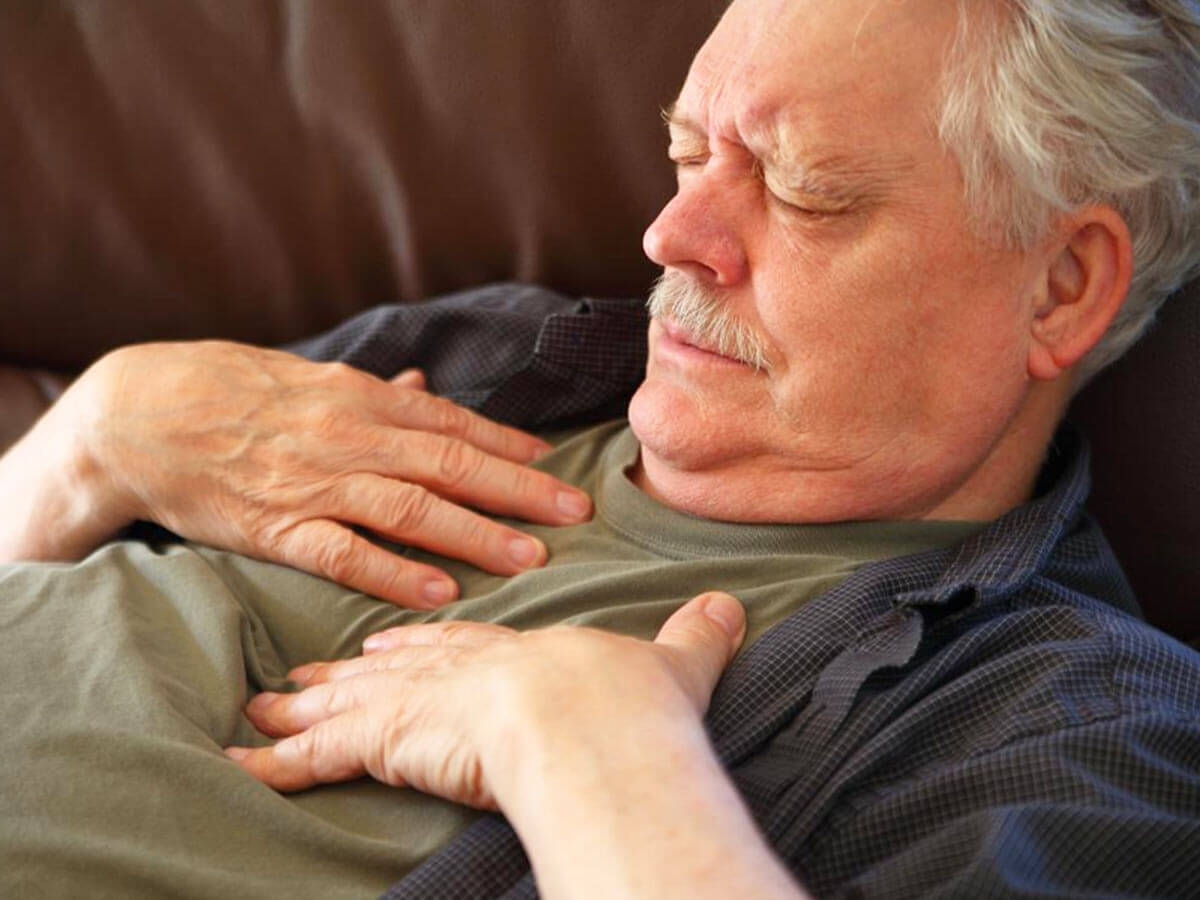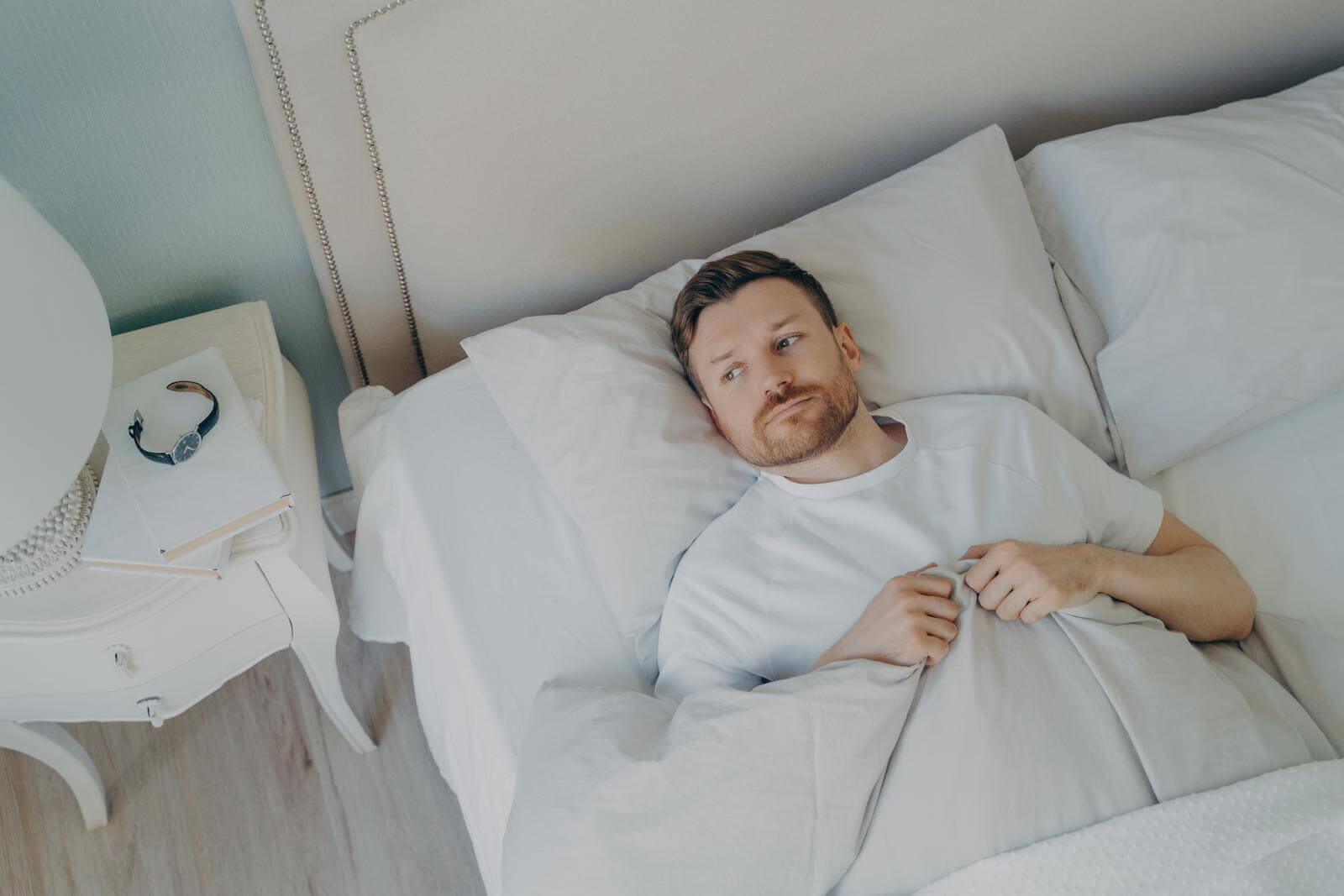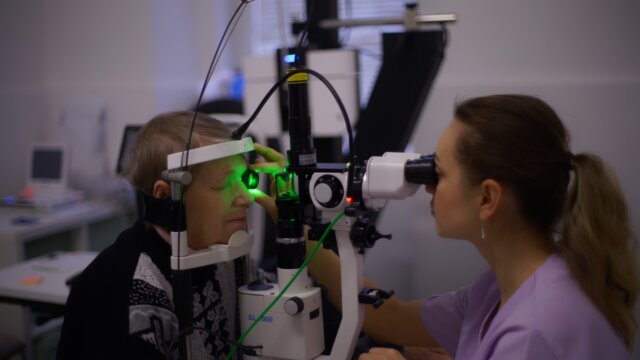FTC disclaimer: This post may contains affiliate links and we will be compensated if you click on a link and make a purchase.
When someone has orthopnea, they experience difficulty breathing while lying down. This condition can cause severe discomfort, fatigue, and even death.
Orthopnea is caused by fluid buildup in the lungs. It may also be caused by heart failure, lung disease, obesity, or cancer.
In most cases, orthopnea goes away after a few days without treatment. However, sometimes orthopnea requires medical intervention.
In this article, we will learn everything you need about orthopnea, including its causes, symptoms, diagnosis, and treatment. We will also look at how to prevent orthopnea from happening again.
Orthopnea Causes, symptoms, diagnosis, and treatment
What is Orthopnea?
Orthopnea is a medical term that describes shortness of breath when a person is lying down. It is a symptom of several heart and lung conditions.
The word “orthopnea” comes from the Greek roots “orthos,” meaning “straight,” and “pnea,” meaning “to breathe.”
Orthopnea is a type of breathing disorder where you feel like you can’t catch your breath while lying down. You might even feel short of breath during exercise or standing up.
This happens when extra fluid is in your lungs, making breathing hard. Orthopnea differs from sleep apnea, another form of sleep-disordered breathing that causes snoring and stops people from sleeping well.
With orthopnea, you don’t stop breathing completely, just enough to make it difficult to take deep breaths. It’s most common among older adults, especially women.
Orthopnea and Dyspnea Differences Explained
Orthopnea is defined as shortness of breath while lying down. Dyspnea is described as shortness of breath during exertion.
Both terms are used interchangeably, although dyspnea generally refers to shortness of breath.
Orthopnea usually occurs because the lungs cannot fully expand, causing air to enter the chest cavity.
This causes increased pressure inside the chest and decreased pressure outside the chest.
As a result, blood vessels near the body’s surface constrict to try to equalize pressures. These changes occur even though there is no effort involved.
In contrast, dyspnea usually involves breathing problems related to lung disease.
For example, people with the chronic obstructive pulmonary disease often experience dyspnea when they breathe. People with asthma also commonly experience dyspnea when exercising.
When someone feels short of breath, it can mean many different things. For example, you might feel short of breath because you are out of shape or because you just had a cold.
Or maybe you feel short of breath because of chest pain. You might even feel short of breath if you have asthma or emphysema.
But regardless of why you feel short of breath, there are some things you can do to help yourself breathe better.
Orthopnea Causes Explained

Orthopnea is caused by an increase in the amount of fluid in the tissues surrounding your lungs. Fluid collects in your chest because there isn’t anything keeping it there.
So while lying flat, the fluid moves toward the body’s surface. Gravity pulls the fluid back down to where it belongs if you’re sitting up.
Blood flows from your lower body back to your heart and then to your brain when lying down. If your heart keeps pumping blood normally, everything will be okay.
But if your heart doesn’t pump well, your circulation won’t work properly. And if your circulation doesn’t work properly, your lungs don’t receive the oxygen they need.
If you have heart disease or congestive heart failure, your heart might not be able to keep pumping blood around your body.
Your heart could fail completely, or it could just become weaker over time. Either way, your circulatory system doesn’t work as well as it used to.
The extra blood that accumulates in your chest can make breathing difficult. Several things can happen next. First, your diaphragm muscle—the big muscle that helps push air out of your lungs—can weaken. Then, the muscles of your rib cage can stiffen.
These changes can prevent the lung tissue from expanding fully during inhalation, making it harder to exhale.
Finally, the fluid buildup can squeeze your lungs together, making breathing even harder.
Obesity can also lead to orthopnea, as excess weight puts pressure on the chest and makes it difficult to take deep breaths.
If you’re suffering from lung diseases, such as chronic obstructive pulmonary disorder (COPD) or asthma, you may experience shortness of breath.
Orthopnea can also be a side effect of certain medications, such as diuretics, beta-blockers, and calcium channel blockers.
If you have orthopnea, it’s important to see your doctor treat the underlying cause. In some cases, such as heart failure, orthopnea can be a sign of a more serious condition and may require hospitalization.
Orthopnea is a common symptom of heart failure.
Heart failure is when the heart cannot pump blood efficiently. This can be due to various factors, including coronary artery disease, high blood pressure, and diabetes.
Heart failure can lead to various symptoms, including shortness of breath, fatigue, and swelling in the ankles, feet, and legs.
If you have heart failure, it’s important to see your doctor treat the underlying cause. Heart failure is a serious condition that can be fatal if not treated.
Orthopnea is a common symptom of obesity.
Obesity is a condition in which a person has too much body fat. Obesity can lead to various health problems, including heart disease, diabetes, and high blood pressure.
People who are obese are at increased risk for orthopnea. Obesity can cause the chest and Abdominal Cavity to press on the lungs, making it difficult to take deep breaths.
If you are obese, you must see your doctor receive treatment. Obesity is a serious condition that can be difficult to treat.
Orthopnea is a common symptom of lung disease.
Lung disease, such as COPD or asthma, can cause the airways to narrow, making it difficult to get enough oxygen into the lungs.
This can lead to shortness of breath, fatigue, and a buildup of lung mucus.
If you have lung disease, it’s important to see your doctor treat the underlying cause. Lung disease is a serious condition that can be fatal if not treated.
Orthopnea can also be a side effect of certain medications.
Certain medications, such as diuretics, beta-blockers, and calcium channel blockers, can cause orthopnea.
These medications can cause the chest and abdominal cavity to press on the lungs, making it difficult to take deep breaths.
If you are taking any of these medications, it’s important to see your doctor treat the underlying cause. These medications can be dangerous if not used properly.
Orthopnea is a common symptom of a variety of medical conditions.
If you have orthopnea, it’s important to see your doctor treat the underlying cause.
Orthopnea is a symptom of various medical conditions, including heart failure, obesity, and lung disease.
Orthopnea Symptoms

Orthopnea is a symptom, not a disease. It’s caused by fluid buildup in the lungs, making breathing difficult.
People with heart failure often develop orthopnea because their hearts are weak and don’t pump enough blood around the body.
You might notice symptoms like difficulty breathing while lying down or sitting up straight. But several things could cause those symptoms. Here are some common causes of orthopnea:
- Fluid build-up in the lungs. This happens when the amount of liquid in your lungs increases.
- Lung infections. These include pneumonia and bronchitis.
- Heart problems. If your heart isn’t pumping well, you won’t get enough oxygen into your bloodstream.
- Other medical conditions. Conditions such as sleep apnea, COPD, asthma, and obesity can make orthopnea worse.
The solution for people with milder cases of orthopnea is simple: Get plenty of rest.
Your doctor will recommend you take breaks during the day to sit upright, even for a few minutes. He or she might suggest you try sleeping on a couch or recliner rather than a bed.
Diagnosis and Treatment for Orthopnea Explained

Orthopnea isn’t dangerous. However, it does make daily activities harder. And it can lead to sleep problems. In severe cases, it can even lead to death.
Orthopnea Diagnosis
Doctors diagnose heart failure based on several factors, including how much fluid is in the body, how well the heart pumps blood, whether the patient has edema or excess fluid buildup in the limbs, and how well the kidneys work.
Your doctor will do tests to determine what causes the problem. These tests may include:
Blood pressure test – Your doctor measures your blood pressure while lying down and standing up. He or she checks again later to see how high your systolic blood pressure is compared to your diastolic blood pressure.
Echocardiogram – A cardiologist uses ultrasound technology to look inside the heart’s chambers. With this test, he or she looks at how much blood flows into each chamber during normal activity.
Orthopnea Treatment: Take Rest
The most common treatment for orthopnea is bed rest. Your doctor may prescribe medications to relax the muscles around the airways and reduce lung swelling. If the problem isn’t resolved within three days, you may need to go to the emergency room.
If you’re having difficulty breathing while lying flat, try propping yourself against one or several pillows. This should help you breathe better. You may also need supplemental O2 at home or in the hospital.
Treatment for orthopnea depends on the underlying cause.
Orthopnea Treatment: In case of Heart Failure
If your symptoms are caused by fluid buildup in the lungs, your doctor will diagnose you with congestive heart failure.
Your doctor might recommend treatments such as medications, surgery, and devices to help your body function better.
Doctors treat heart failure with medication. Medicines that treat CHF include diuretics, vasodilators, digoxin, beta-blockers, ACE inhibitors, ARBs, aldosterone antagonists, and digitalis glycosides.
You can also try some simple lifestyle changes. For example, doctors often tell patients to stop smoking, lose weight, control blood pressure, exercise regularly, and avoid excess alcohol.
These measures can improve your quality of life and possibly prolong your life.
Orthopnea Treatment: In the case of Obesity
If orthopnea is caused by obesity, treatment typically includes lifestyle changes and weight loss surgery.
Lifestyle changes may include eating a healthy diet and exercising more. Weight loss surgery may be an option for people who cannot lose weight through lifestyle changes alone.
Orthopnea Treatment: In the case of COPD
If COPD causes orthopnea, treatment typically includes lifestyle changes, medication, and oxygen therapy.
Lifestyle changes may include quitting smoking and avoiding secondhand smoke.
Medications used to treat COPD include bronchodilators and corticosteroids. Oxygen therapy may be necessary for people with severe COPD.
Orthopnea Treatment: In the case of Sleep Apnea
If orthopnea is caused by sleep apnea, treatment typically includes lifestyle changes and CPAP therapy.
Lifestyle changes may include losing weight and avoiding alcohol. CPAP therapy is a treatment that uses a mask to deliver air pressure to the airway.
Orthopnea can be a symptom of a serious underlying condition. You should see a doctor if you experience shortness of breath while lying down.
Conclusion
Orthopnea is a condition that various underlying conditions can cause. While the symptoms may vary, the most common symptom is shortness of breath.
See your doctor for a proper diagnosis if you think you may be suffering from orthopnea. With treatment, you can improve your quality of life and breathe easier.








